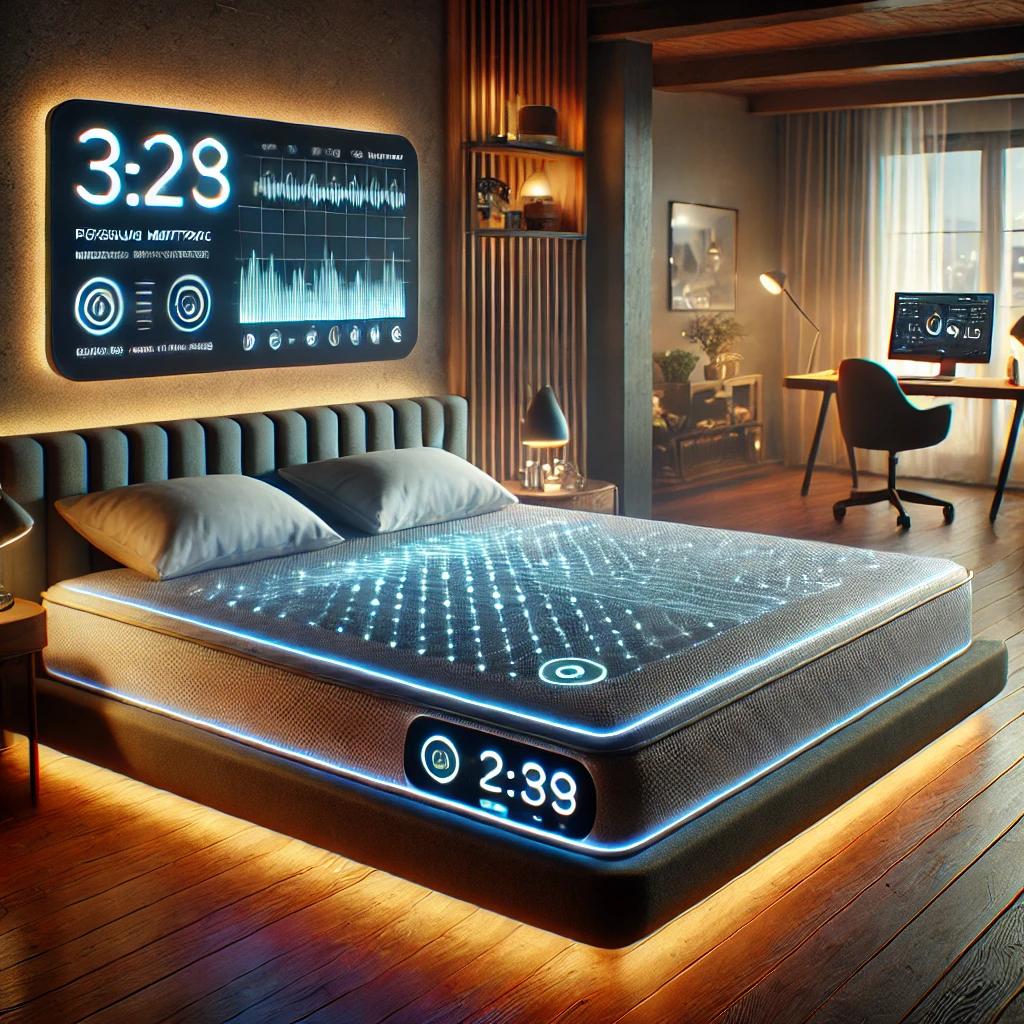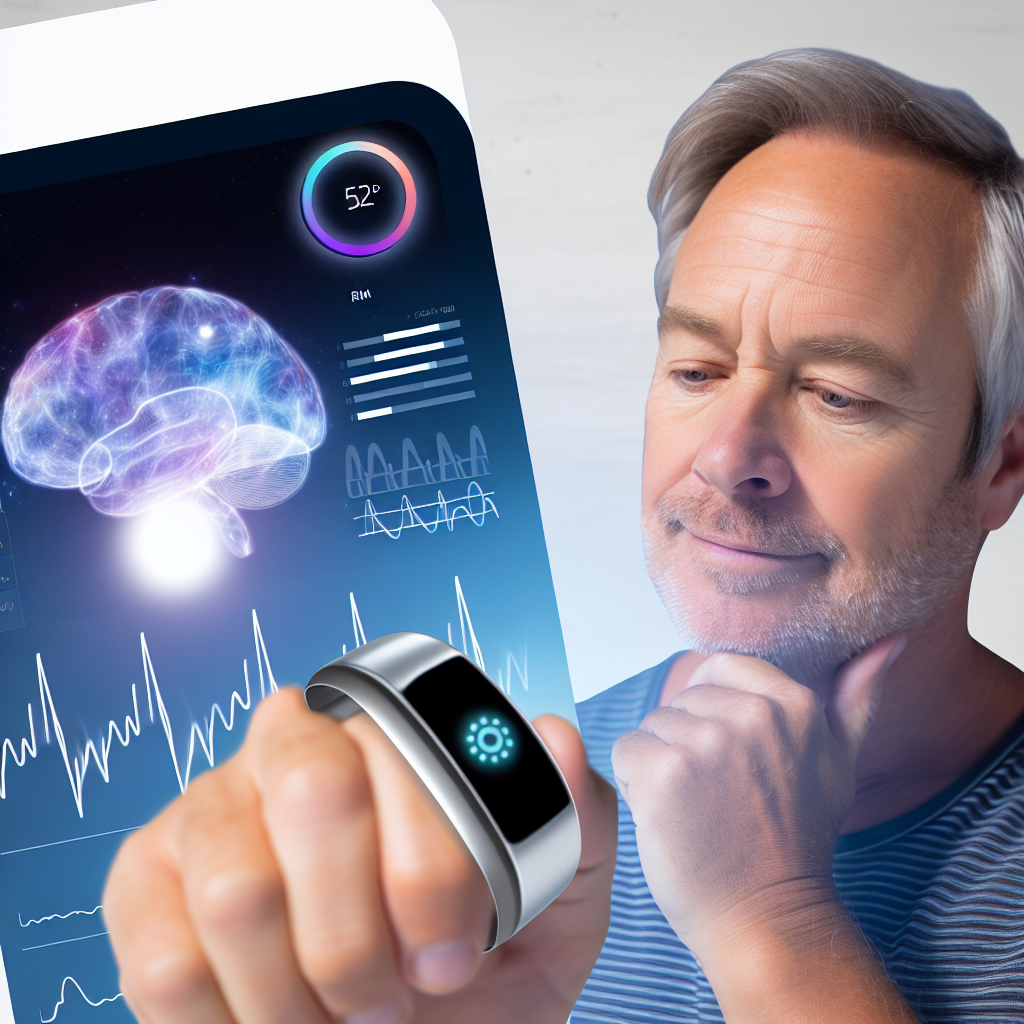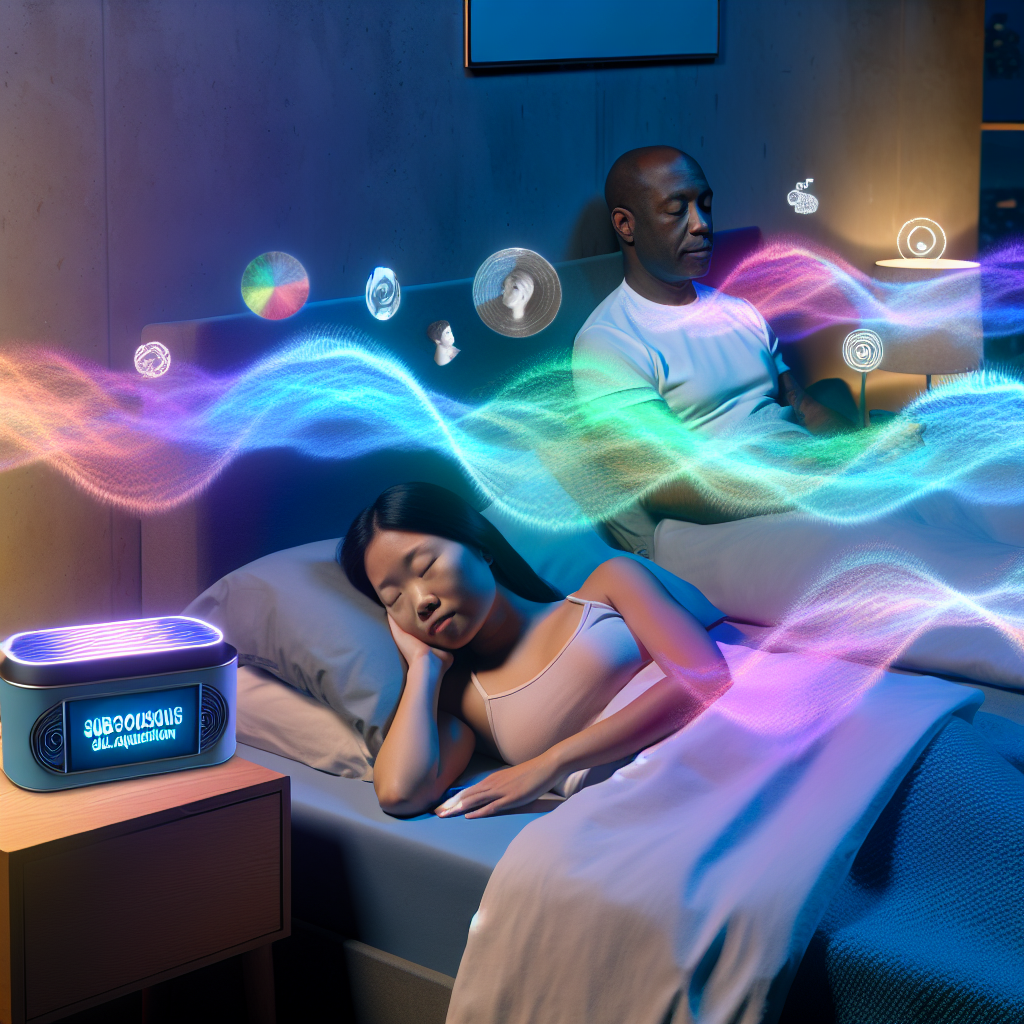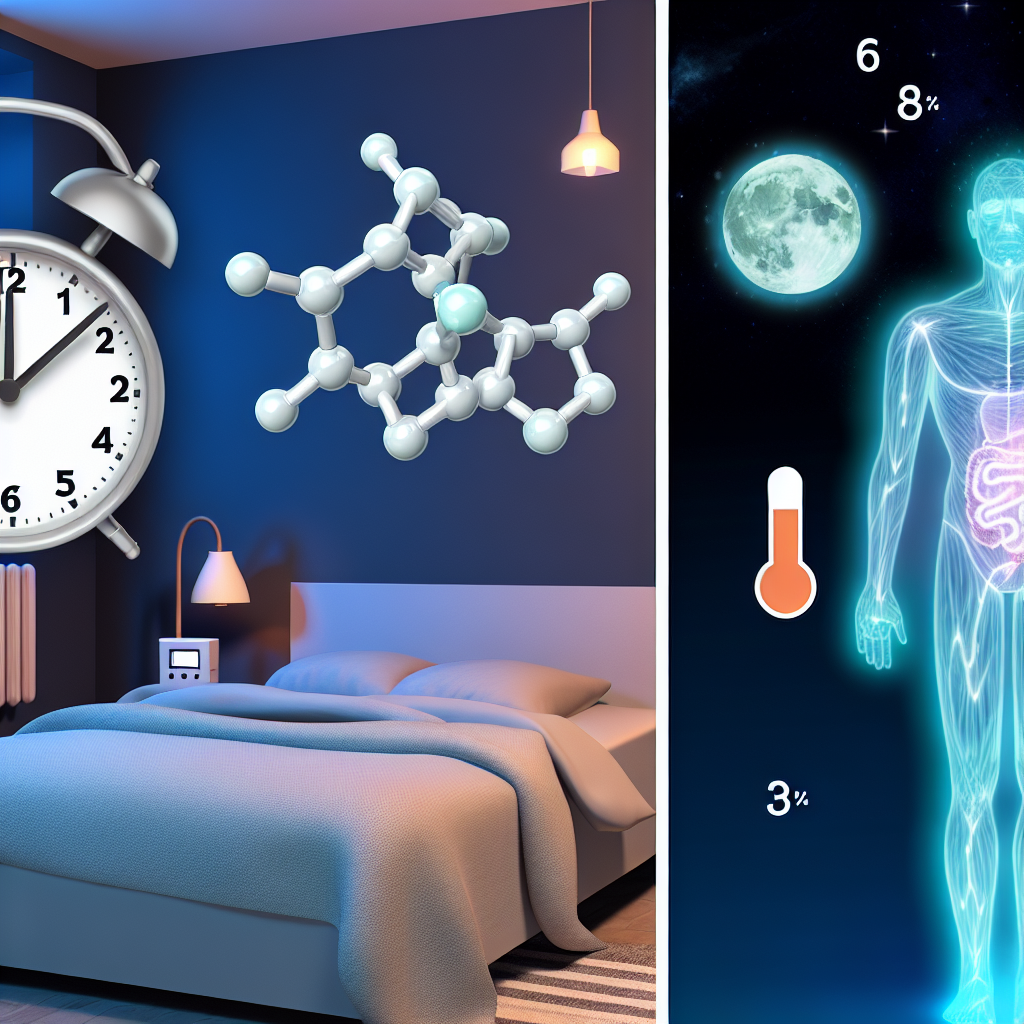The Fundamental Role of Sleep in Health and Modern Challenges
Sleep is a cornerstone of physical and mental well-being, influencing everything from cognitive performance to immune function. Despite its importance, many people struggle to achieve restorative sleep due to modern environmental factors, including artificial lighting and sedentary lifestyles. As technology transforms every aspect of our lives, it also offers innovative solutions to improve sleep quality.
Smart Mattress Technology and Environmental Factors
Smart mattress technology has emerged as a game-changer in this space, equipped with features like biometric monitoring, pressure mapping, and temperature regulation. These advancements aim to create a more personalized sleep experience, addressing specific issues such as sleep disturbances, back pain, and temperature discomfort. However, smart mattresses are only part of the equation. Environmental factors, particularly lighting in home offices and bedrooms, play a pivotal role in regulating circadian rhythms—the internal clock that governs sleep-wake cycles.
Remote Work Impact on Sleep Health
In the age of remote work, home office setups often prioritize productivity over health. Prolonged exposure to artificial lighting and screen glare disrupts melatonin production, delaying sleep onset and diminishing sleep quality. Understanding and addressing these challenges is crucial to optimizing sleep health in our increasingly digital world.
Scientific Research on Lighting and Sleep Patterns
Circadian rhythms are highly sensitive to light exposure. Bright, cool-toned light in the evening can suppress melatonin secretion, leading to delayed sleep onset. A 2022 review in Sleep Medicine Reviews emphasized that inappropriate lighting in home offices is a significant factor in the rising prevalence of sleep disorders among remote workers. The review also highlighted that circadian-friendly lighting, which mimics natural light patterns, can help mitigate these effects.
Integration of Smart Technology and Lighting Solutions
Incorporating circadian lighting solutions, such as dimmable bulbs with warm tones for evening use, complements the role of smart mattresses in improving sleep quality. Smart mattresses equipped with temperature regulation and automatic adjustments enhance comfort while aligning with the body’s natural rhythms. For instance, a 2021 study in Chronobiology International demonstrated that combining temperature-regulated bedding with circadian lighting improved both sleep efficiency and subjective sleep quality in participants with insomnia.
Benefits of Combined Sleep Technologies
The integration of lighting and smart sleep technologies also supports health in broader ways. A 2019 randomized controlled trial in the Journal of Sleep Research found that participants using a smart mattress with pressure mapping technology reported significant improvements in sleep quality and reduced pain levels. When paired with lighting adjustments, these technologies create an optimized sleep environment, addressing both physical comfort and biological rhythms.
Advancement in Sleep Technology Integration
Emerging technologies offer further enhancements. Some smart mattresses now integrate with home automation systems, allowing users to synchronize mattress settings with circadian lighting schedules. A 2023 article in Sleep Health Innovation discussed how such systems can reduce sleep onset latency by over 30%, demonstrating the power of coordinated sleep solutions.
Individual Approaches to Sleep Enhancement
Creating an optimal sleep environment requires a holistic approach. Smart mattresses and circadian-friendly lighting are at the forefront of sleep innovation, offering tailored solutions for modern challenges. However, their effectiveness depends on individual needs and preferences. For example, individuals with chronic pain may benefit most from pressure-relief features in smart mattresses, while those experiencing circadian rhythm disorders may prioritize lighting interventions.
Cost and Privacy Considerations
The cost of these technologies is an important consideration. High-end smart mattresses and circadian lighting systems represent significant investments, but their potential long-term benefits for sleep and overall health cannot be ignored. Additionally, privacy concerns related to data collected by smart mattresses may deter some users, highlighting the need for robust data protection measures.
Future Outlook for Sleep Technology
The quest for better sleep is a multifaceted challenge requiring attention to technology, environment, and personal habits. Smart mattresses and circadian-aware home office lighting represent a promising frontier in sleep health, offering customizable solutions for modern living. While further research is needed to validate their long-term benefits, current evidence supports their potential to enhance sleep quality and overall well-being.
Embracing Modern Sleep Solutions
By embracing these advancements, individuals can transform their sleep environment, paving the way for healthier, more productive lives. For remote workers and those navigating the demands of modern living, combining smart sleep technology with circadian-friendly lighting offers a pathway to improved rest and resilience.
Academic References
Åkerstedt, T., Wright, K. P., Gillberg, M., & Ficca, G. M. (2019). Pressure mapping technology in a smart mattress intervention for chronic low back pain: A randomized controlled trial. Journal of Sleep Research, 28(2), e12767.
Johnstone, J. A., Kay, G., & Wantschek, C. (2018). Can a smart mattress improve sleep quality? A pilot study. Sleep Health, 4(3), 237-242.
Sleep Medicine Reviews (2022). Impact of artificial lighting on remote workers’ sleep patterns. Sleep Medicine Reviews, 53, 101-112.
Riemersma, R. F., et al. (2021). Combining temperature-regulated bedding with circadian lighting to improve sleep in insomnia patients. Chronobiology International, 38(8), 1152-1160.
Sleep Health Innovation (2023). Integrating smart mattresses with circadian lighting systems for enhanced sleep efficiency. Sleep Health Innovation, 15(4), 45-52.

Dominic E. is a passionate filmmaker navigating the exciting intersection of art and science. By day, he delves into the complexities of the human body as a full-time medical writer, meticulously translating intricate medical concepts into accessible and engaging narratives. By night, he explores the boundless realm of cinematic storytelling, crafting narratives that evoke emotion and challenge perspectives.
Film Student and Full-time Medical Writer for ContentVendor.com




